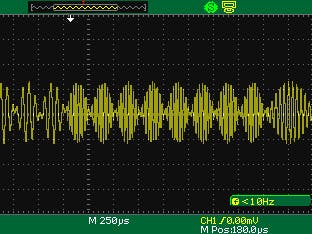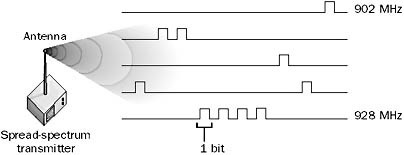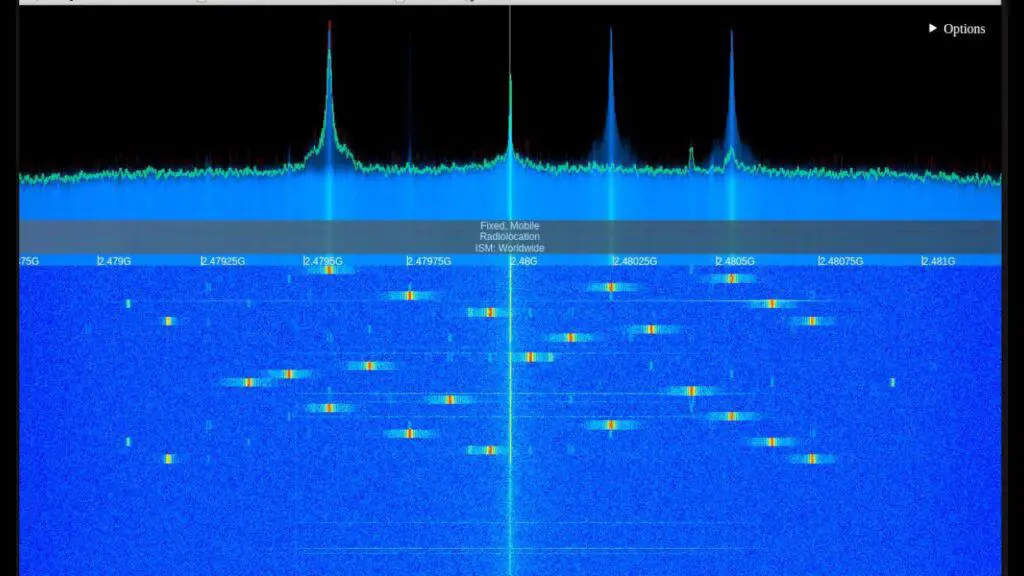
FHSS is a spread-spectrum transmission technology for wireless networking.
Spread-spectrum wireless technologies trade throughput for increased reliability, and were originally developed by the U.S. military to provide communication that could not easily be jammed.

This method transmit radio signals rapidly changing the carrier frequency among many distinct frequencies occupying a large spectral band.
The changes are controlled by a code known to both the transmitter and receiver. FHSS is used to avoid interference, to prevent eavesdropping, and to enable code-division multiple access (CDMA) communications.
Frequency hopping transmitters take the incoming data stream and segment it into multibit packets.
These packets are then transmitted sequentially in a pseudo-random manner over the various frequency channels within the spread-spectrum band being used.

In other words, the frequency of the carrier signal keeps hopping around. Synchronization between the master transmitter and slave devices is achieved by modulating the center or carrier frequency of the communication band according to a preset algorithm.
Both the mobile and the base station know the modulation algorithm, which enables them to keep in communication with each other.
For increased security, the modulation algorithm can be dynamically modified.
FHSS offers three main advantages over a fixed-frequency transmission:

Adaptive frequency-hopping spread spectrum (AFH) as used in Bluetooth improves resistance to radio frequency interference by avoiding crowded frequencies in the hopping sequence. This sort of adaptive transmission is easier to implement with FHSS than with DSSS.
The key idea behind AFH is to use only the “good” frequencies, by avoiding the “bad” frequency channels – perhaps those “bad” frequency channels are experiencing frequency selective fading, or perhaps some third party is trying to communicate on those bands, or perhaps those bands are being actively jammed.
AFH should be complemented by a mechanism for detecting good and bad frequency channels.
Your Comprehensive Guide to Computer Networking!